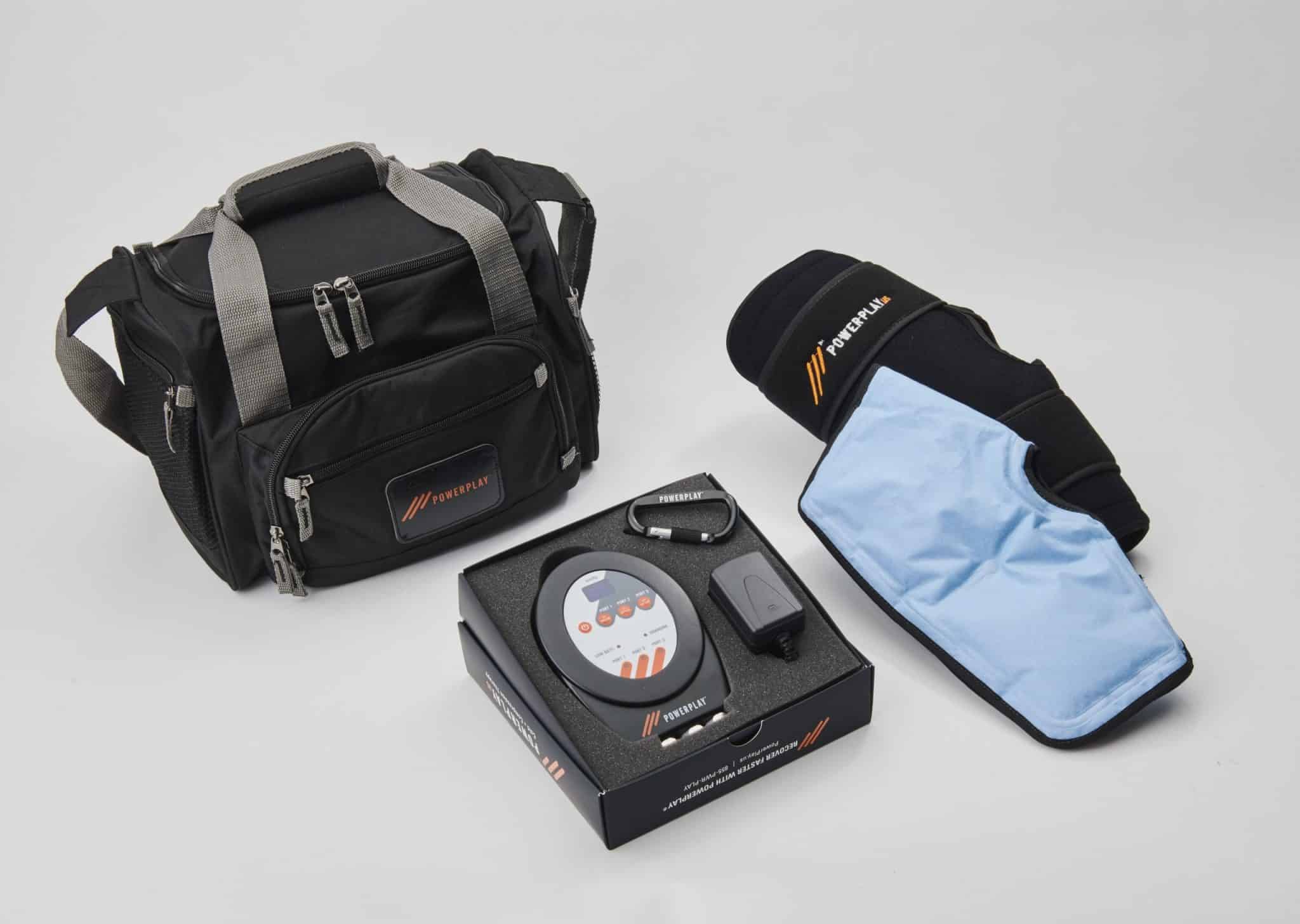HOW ATHLETIC TRAINERS CAN HELP ATHLETES RECOVER WITH ICELESS COLD THERAPY UNITS
Athletic trainers can help their athletes recover from anywhere by applying the best recovery methods for athletes without any hassle. Treat their sprains and soreness with cold compression therapy for quicker, more effective recovery.
Athletic Trainers & Cold Compression Therapy
Athletic trainers are responsible for conditioning athletes and helping them recover between workout sessions. As all athletes know, injuries are unavoidable. However, there are recovery methods to help the body heal between workouts or athletic events. Cold compression therapy has been shown to be an effective way to prevent and heal the body from injuries, keeping athletes in the game as much as possible.
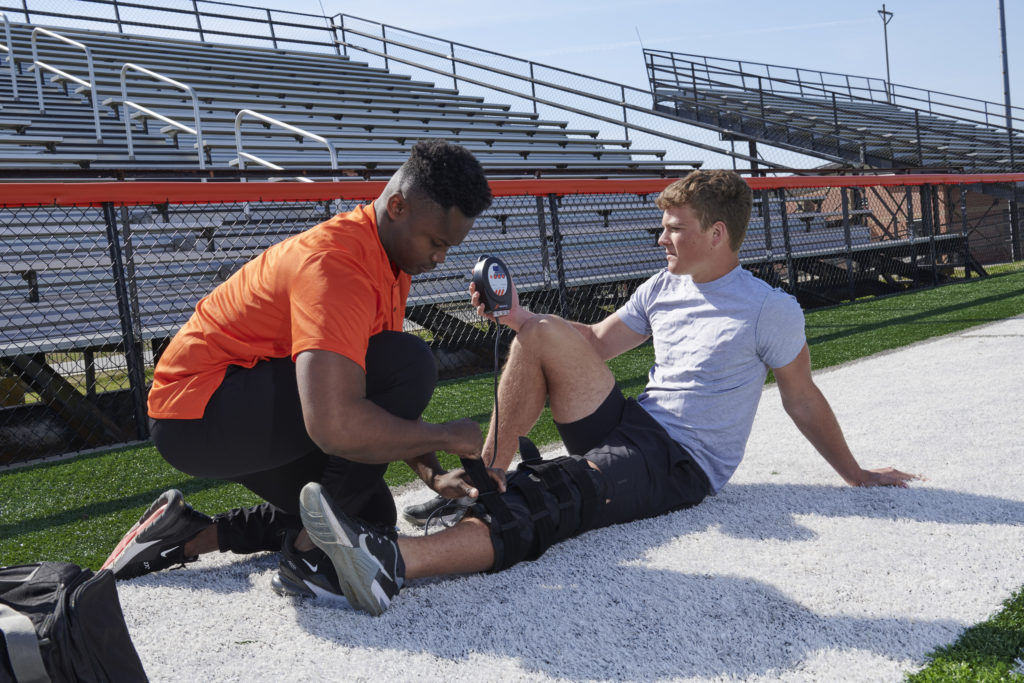
Athletes & Injuries
Common Athletic Injuries
Best Recovery Methods for Athletes
Recovery Tools for Athletes
Iceless Cold Therapy Unit
Keeping athletes injury-free: a tough task for athletic trainers
If there is one thing athletes and their trainers know, it’s that injury is part of athletics. While athletic trainers work hard to keep athletes safe, there are risks any time an athlete takes to the field, works out in the gym, or participates in conditioning exercises.
It doesn’t matter the age or level of competition. According to John Hopkins University, about 30 million children and teens in the United States participate in organized sports. From that number, there are 3.5 million recorded injuries each year.
Of course, for some school-aged athletes, athletics continue in college. According to Science Daily, 29.3% of NCAA Division I athletes resulted from overuse, and the remaining 70% of injuries were defined as acute. As for professional athletes, the situation isn’t much better. While sports-related injury rates have dropped around 50% over the past 10 years, professional athlete injuries have spiked again since COVID-19.
This data tells us that as an athletic trainer, a big part of your job is keeping your athletes healthy. By encouraging them to get plenty of rest and use effective recovery methods, you will help your athletes stay in the game.
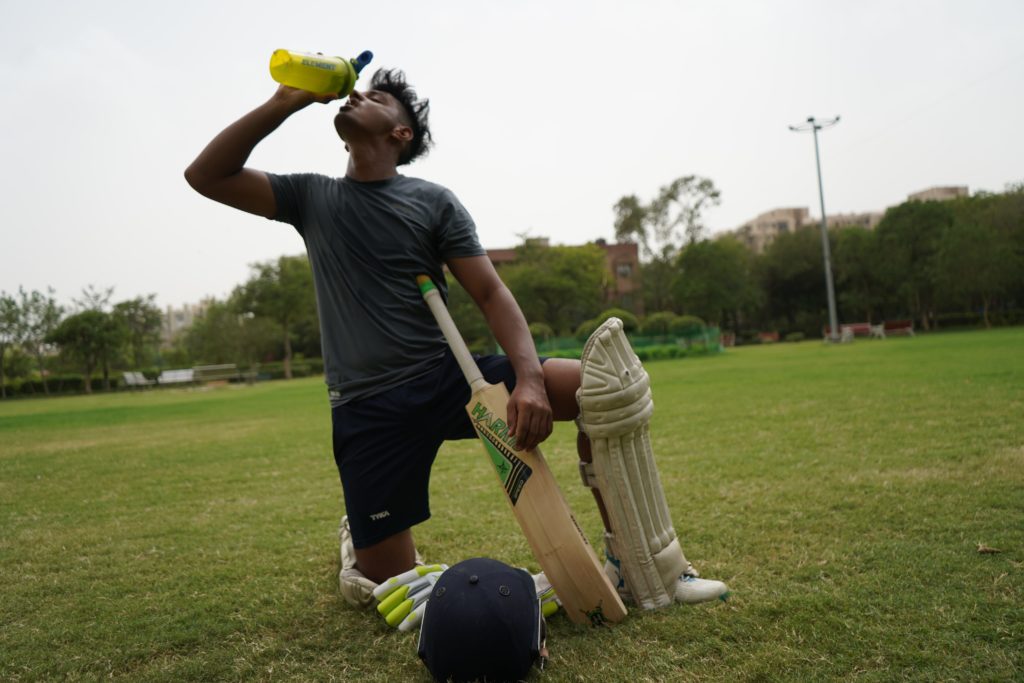

What are the most common athletic injuries?
Athletic trainers are well versed in treating the most common athletic injuries such as sprains and strains, which are the most common injuries experienced among athletes of all ages. Both these injuries are a result of overstretching or tearing ligaments or muscles. Many other athletic injuries are joint-related, including a knee injury, dislocation, or a rotator cuff injury. Repetitive motion and overuse are major causes of these injuries.
Why is cold compression therapy effective for ACL surgery recovery?
How can sports trainers treat sprains and soreness?
The most common recovery method for athletes has recently sparked controversy.
R.I.C.E., or recovery, ice, compression, and elevation has been the preferred treatment method for acute sports injuries. Dating back to 1978, these guidelines have been utilized by coaches and athletic trainers to reduce inflammation and expedite recovery.
But now, experts are saying this method could directly disrupt the recovery process by further damaging tissue causing the athlete to not recover to the full range of motion. Many say that while this method works well in some cases, it is simply outdated as there is more research showing the importance of mobilization for soft tissue injuries.
A new acronym —“P.O.L.I.C.E.D” — gives a more holistic approach to treating soft tissue injuries. Protection, optimal loading, ice, core strength, education, and diet covers a wide range of treatment options for the healing process. It also takes away the idea that “rest” is the best way to avoid injury as opposed to a protected recovery.
Protect
Protect means avoiding further soft tissue damage; however, it doesn’t mean full immobilization. An example of “protect” is to utilize crutches to keep weight off of the injured tissue, while remaining active and completing normal daily tasks.
Optimal Loading
This step stimulates the healing process by slowly increasing movement to the targeted area. So, while you are protecting the damaged tissue, an athletic trainer can recommend exercises or stretches to slowly increase movement back to the injured location.
Ice
While R.I.C.E. is considered outdated, cold therapy remains part of the equation when it comes to recovery. Utilizing ice helps decrease pain and swelling, allowing the body to recover and the athlete to be comfortable.
Core strength
While protecting the location of the injury, there are still core exercises that athletes can do to stimulate healing. Core strength provides stability beneath affected muscles and helps with movement and pain reduction.
Education
Education is something that athletic trainers can pass on to their athletes. By fully understanding the injury and how to treat it, trainers can provide sound advice and a recovery plan that is backed by science.
Diet
Different foods can stimulate healing and help reduce inflammation. By having a well-balanced diet, athletes can fuel their body toward a speedy recovery.
How a physical therapist helped herself recover from “tennis elbow”
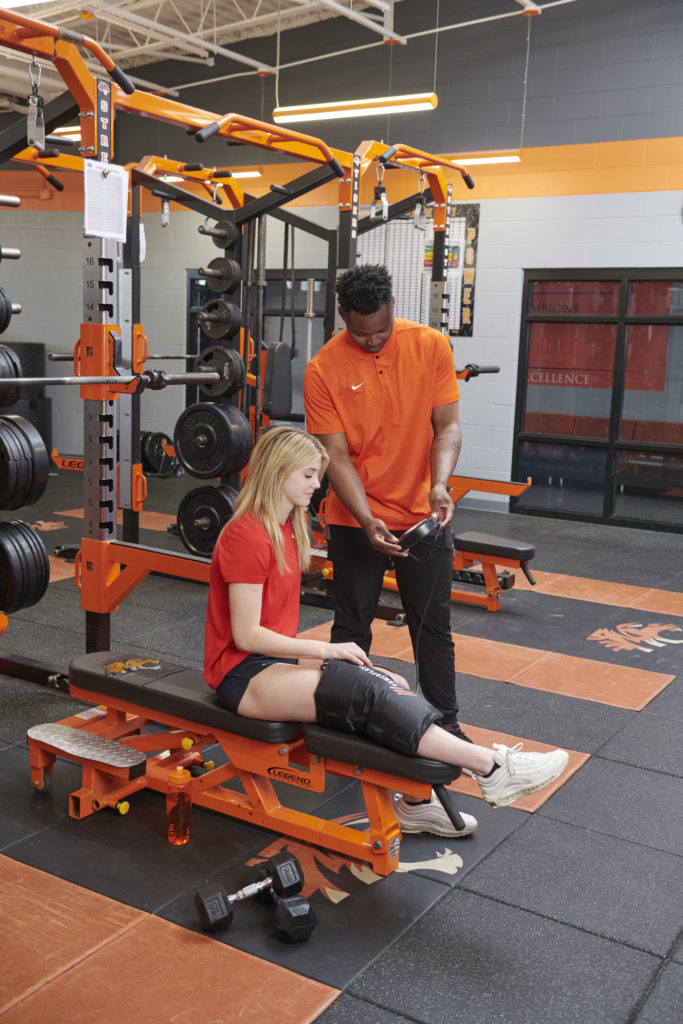
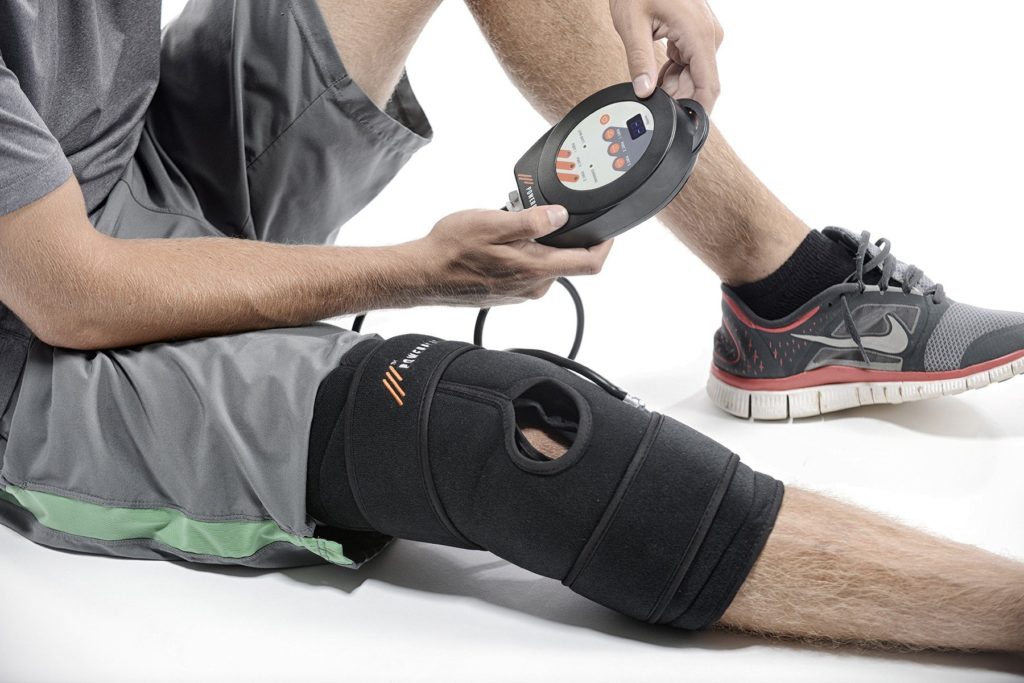
What are the best recovery tools for athletes?
There are several tools that athletic trainers can utilize for athletes, ranging from common recovery tools to investment pieces. For example, many athletic trainers utilize foam rollers when working with athletes to help them avoid soreness and stiffness within deep tissue. Foam rollers also help to warm up muscles before a workout to avoid injury.
One common recovery tool recommended in both the POLICED and RICE methods is ice. The only problem with ice is that it can be messy and at times inconvenient, depending on where the treatment is taking place.
Cold gel packs accomplish the same result as ice but without water or risks of mold. In addition, trainers don’t have to travel with large ice machines to treat an athlete.
“My athletes have loved it”: An athletic trainer describes his favorite recovery tools
Why does ice help when an athlete is injured?
Experts say that you should ice an injury with swelling within 48 hours after the injury happens. This helps alleviate pain and swelling. However, ice should not be used for chronic injuries prior to a workout or athletic event.
When utilizing ice packs for athletic recovery, athletes should do this around three times each day. Within the first 72 hours, it should be applied for 10 minutes each hour.
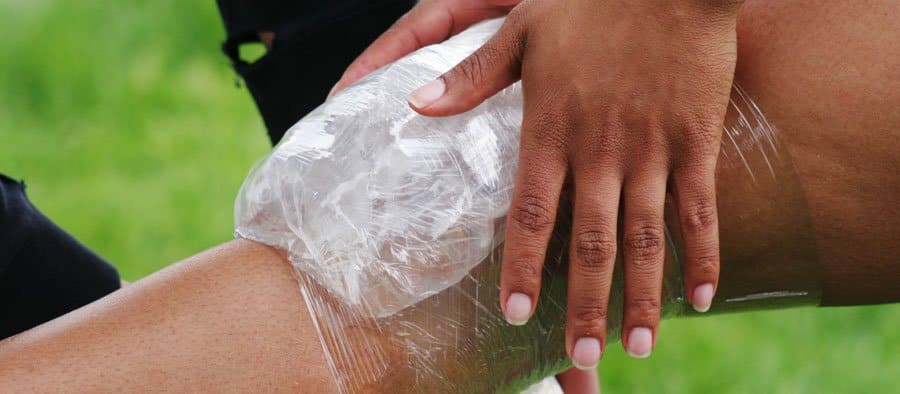
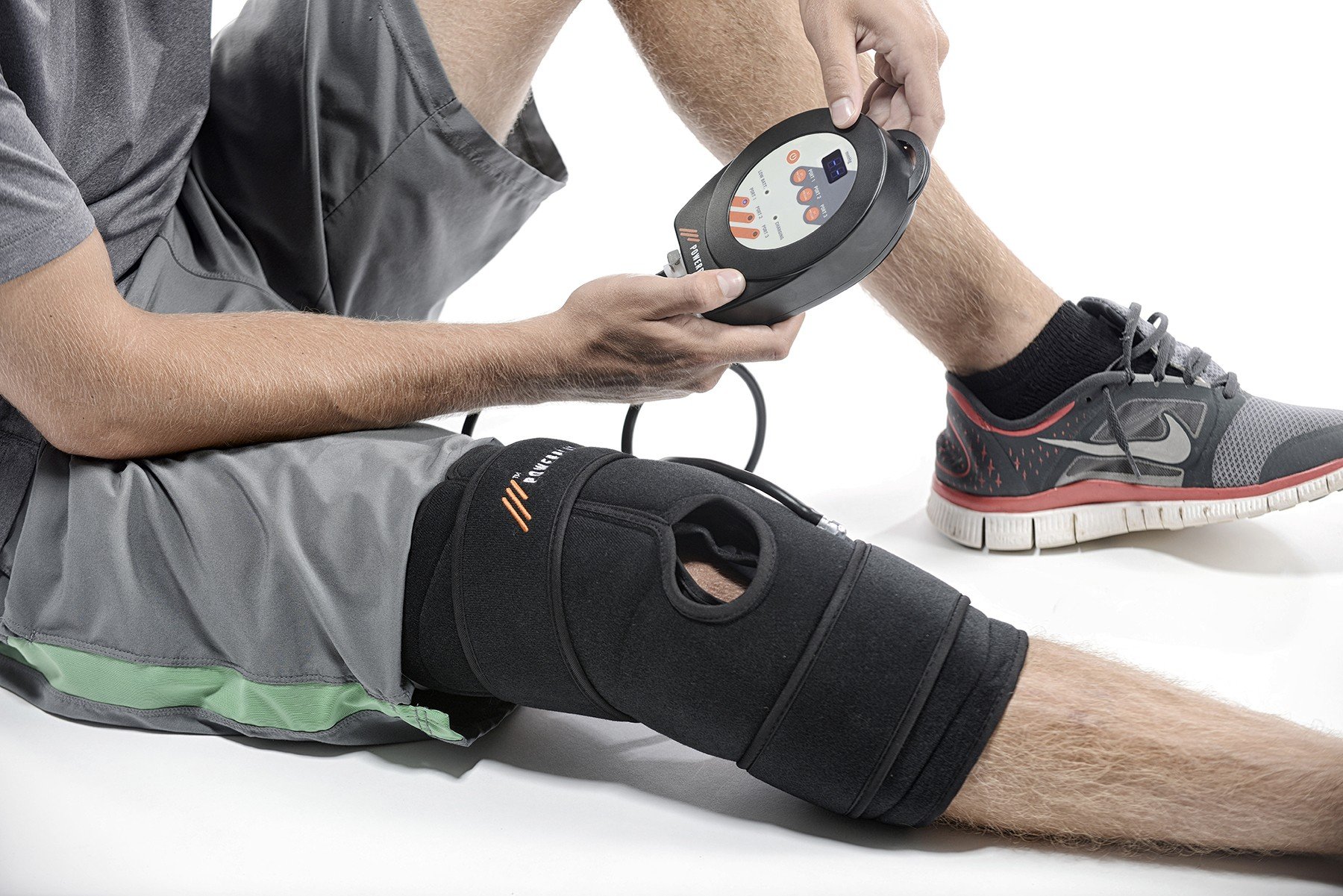
What is an iceless cold therapy unit?
Cryotherapy helps soothe soreness between workouts and helps reduce swelling and pain after an injury. However, providing cold therapy on the spot can be a challenge.
Large ice machines are difficult to transport from a clinic, to the sidelines, and while traveling. In addition, ice and water lead to messes as well as molded wraps.
Gel packs allow you the flexibility of transporting a cooler without ice and water. It takes roughly one hour to freeze a gel pack, and it can stay chilled within a cooler for 4-6 hours. Another benefit is that a gel pack can match the contours of an athlete’s body, allowing the injury to get an even amount of cold therapy. This means that iceless cold therapy is a great way to provide cryotherapy to athletes during the recovery process.
The Checklist You Need to Keep Your Athletes Healthy
We’ve covered just how useful cold compression therapy is in keeping your athletes free from strains, sprains, and other injuries. But truthfully, there are so many different recovery tools and techniques available that it can be overwhelming for a busy athletic trainer to keep up with it all.
Download PowerPlay’s athletic trainer checklist for an overview of what you need to do to keep your athletes healthy and injury-free.
